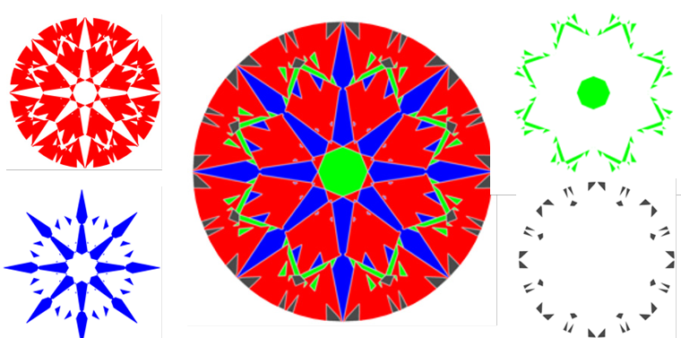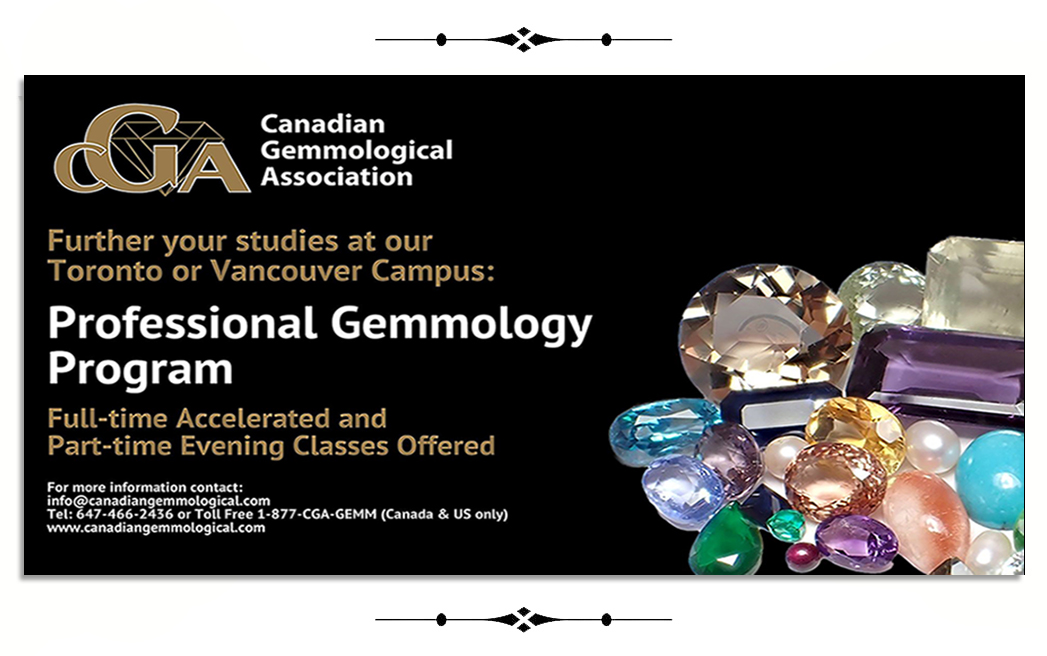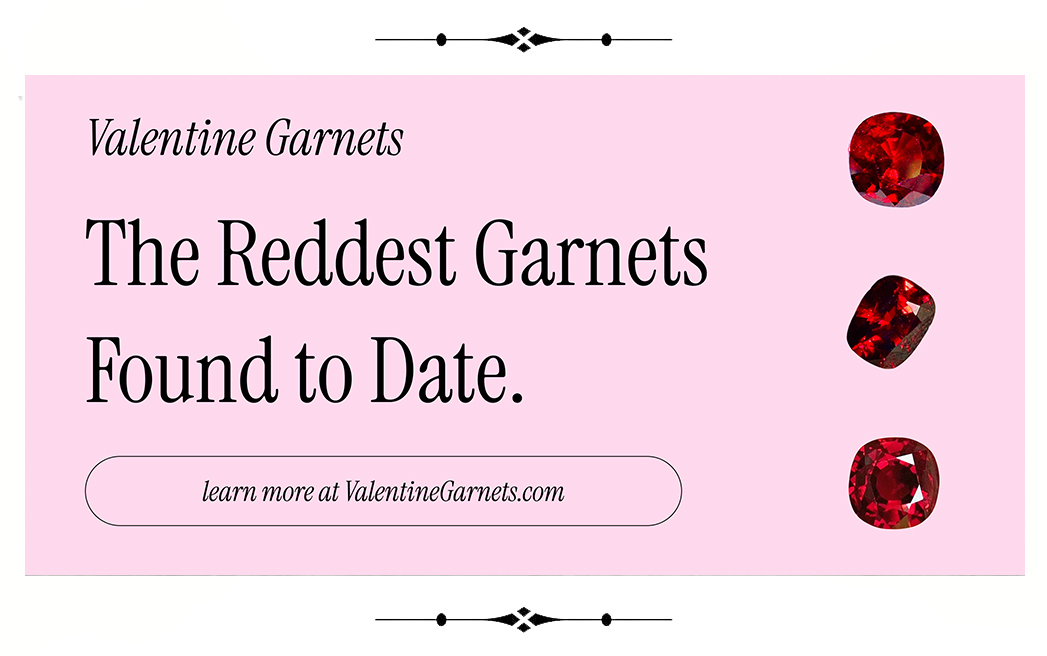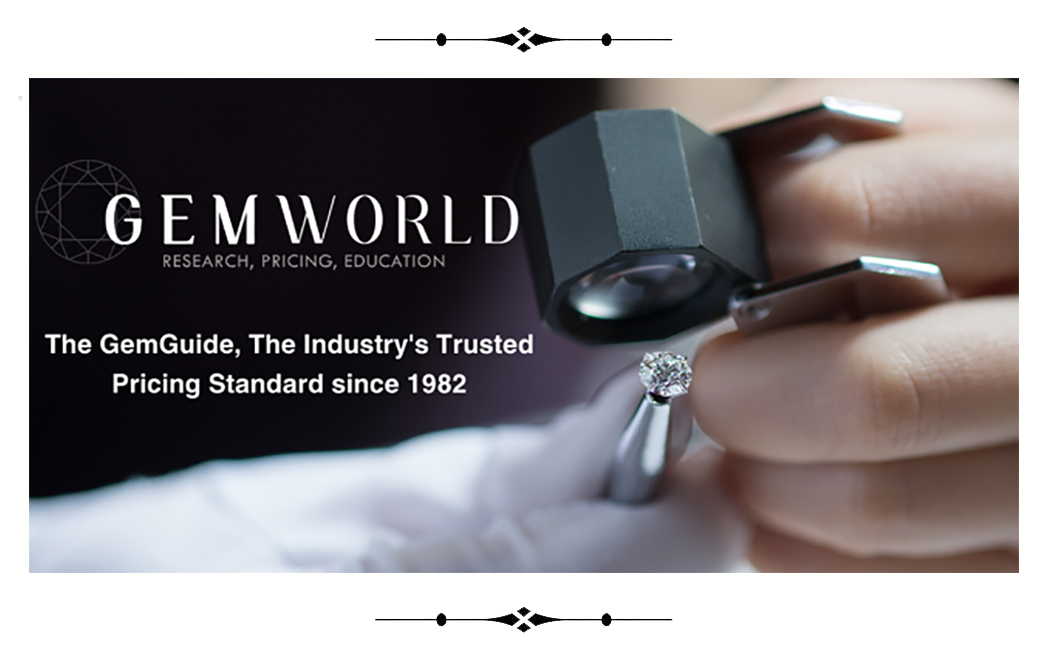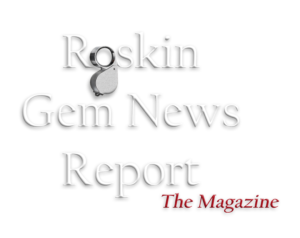GIA adds the AGS “Ideal Report.” Measuring Light Performance! What is an “ASET Map”?
Gary Roskin –
Roskin Gem News Report –
GIA and the AGS IDEAL® REPORT
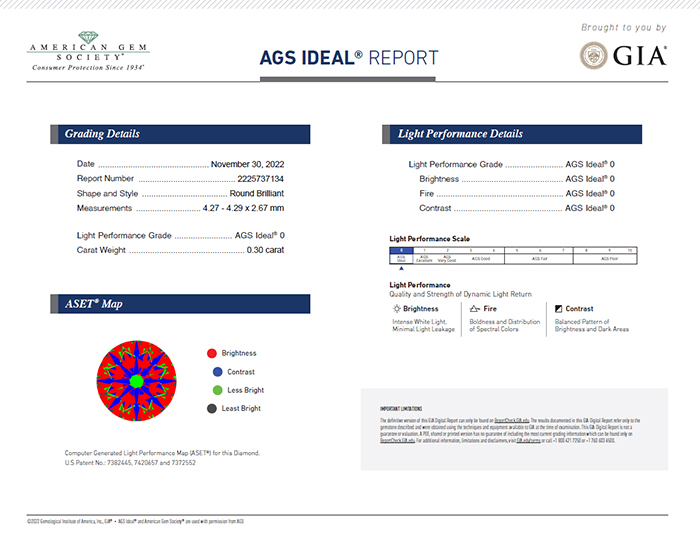
The AGS (American Gem Society) Ideal Report is now being offered as a supplement to any Gemological Institute of America (GIA) natural or laboratory-grown D-to-Z diamond grading report, and will be issued if the diamond is graded as an AGS 0 – Ideal. The AGS Ideal Report provides “Light Performance,” including an ASET Map (Angular Spectrum Evaluation Tool), which is a visual guide of a diamond’s cut grade.
“The AGS report complements a GIA diamond grading report to capture a diamond’s beauty holistically. The AGS Ideal Report measures light performance, including brightness, fire, and contrast, from center to edge, and can include an ASET Map, which is a visual guide of a diamond’s cut grade.”
The AGS Ideal Report is available with the following GIA reports:
Diamond Grading Report
Diamond Dossier®
Laboratory-Grown Diamond Report
Laboratory-Grown Diamond Report Dossier
eReport
and Diamond Focus™ Report.
GIA will offer printed AGS Ideal Reports for clients who have previously issued digital AGS Ideal Reports without having to resubmit the stone back to GIA. To order the printed report, click here: GIAokta.my.site.com/clientportal/s/p-agsiform
WHAT THE AGS IDEAL® REPORT MEASURES
AGS light performance measures and assesses the performance, proportions, and finish, including symmetry and polish of a diamond. This assessment includes:
- Brightness: The effect of all the diamond’s internal and external reflections of white light.
- Fire: A diamond’s display of dispersion, the optical phenomenon of white light separating into spectral or rainbow colors.
- Contrast: The relative size, arrangement, and contrast of bright and dark areas when viewed face-up.
While a GIA grading report provides information on the diamond’s 4Cs, the AGS Ideal® Report provides additional context to premium diamonds to help reveal their full beauty.
ASET® MAP
The ASET® Map is the key to understanding how the diamond deals with light, and ultimately, how beautifully the diamond is performing. It displays optical symmetry, physical symmetry, and optical efficiency to show the craftsmanship of the diamond’s cut. It is created by the Angular Spectrum Evaluation Tool (ASET®) which uses software to trace individual rays of light.
The ASET® Map features three colors that give you a unique thumbprint of the diamond, documenting its light performance and beauty:
- Red indicates the brightest areas of the diamond that attract the brightest light from above.
- Green also indicates light return, but from an indirect source which is not as bright.
- Blue indicates a contrast pattern of dark reflections.
QUALIFYING DIAMONDS FOR THE AGS IDEAL®
This report is only available for eligible colorless (D-to-Z) natural and laboratory-grown diamonds with specific facet arrangements listed below.
- Round brilliant: Excellent grading for polish, symmetry, and cut.
- Fancy shapes: Excellent grading for polish and symmetry for round modified, cushion, cut-cornered rectangle, oval, cut-cornered square, emerald, modified triangle, square emerald, decagon, rectangle, and square.
Note that even if a diamond has one of the above shape outlines, only specific facet arrangements will qualify.
Q & A
In the GIA’s training module for AGS Ideal Report, there are 8 questions and answers that should answer all of your questions.
Q1: What is the American Gem Society (AGS)?
The American Gem Society (AGS), founded in 1934, is a nonprofit trade association dedicated to ethics, knowledge, and consumer protection within the jewelry industry. AGS awards credentials to its members, who are held to the industry’s highest standards and must pass annual recertification examinations to maintain their titles. Approximately 3,000 jewelers, retailers, suppliers, individual titleholders, and affiliates have joined AGS.
Q2: What is GIA’s relationship with AGS?
Both GIA and AGS are nonprofits founded by Robert M. and Beatrice Shipley [back in the 1930s] with a shared mission of ensuring the public trust in gems and jewelry by upholding the industry’s highest standards. GIA announced in 2022 that AGS Laboratories’ research staff, intellectual property, technology, and Las Vegas facility will integrate into GIA. They will help develop new GIA products and services to protect consumers and support the trade.
Q3: What is AGS Ideal?
AGS Ideal is the highest AGS Light Performance grade. An AGS Ideal® diamond remains bright from edge to center while minimizing the amount of light leakage, has high fire potential from edge to center, and has contrast distributed equally across the stone. This is a separate metric from the cut grade provided by GIA, which grades cut in terms of a diamond’s proportions and design.
Q4: What is the AGS Ideal® Report by GIA?
The AGS Ideal® Report by GIA is a digital-only supplement to GIA diamond grading reports for eligible D-to-Z natural and laboratory-grown round brilliant and fancy-shape diamonds. The AGS Ideal® Report by GIA may be requested with or without an ASET® Map.
Q5: What diamonds are eligible for an AGS Ideal Report by GIA?
The AGS Ideal® Report by GIA is available as a supplement to GIA diamond grading reports for eligible D-to-Z diamonds. Round brilliant cut diamonds must have an Excellent rating for polish, symmetry, and cut. Fancy shapes (round modified, cushion, cut-cornered rectangle, oval, cut-cornered square, emerald, modified triangle, square emerald, decagon, rectangle, and square) must have an Excellent rating for polish and symmetry. Note that this supplemental report is only provided for diamonds with a Light Performance grade of 0 and termed AGS Ideal®. GIA® Training Module | AGS Ideal® Report |
Q6: Why would a GIA Triple Excellent not qualify for an AGS Ideal?
The method used by GIA to determine a diamond’s cut grade is notably different from the method used to determine whether a diamond qualifies as an AGS Ideal. Only a very small percentage of all faceted diamonds will have both the optimal optical symmetry and high light performance needed to qualify for an AGS Ideal Report by GIA.
Q7: How is an AGS Ideal Report by GIA different from a GIA diamond grading report?
A GIA diamond grading report provides information on a diamond’s 4Cs, whereas the AGS Ideal® Report by GIA provides a Light Performance grade by analyzing a diamond’s interaction with light.
Q8: Why would a customer want both the GIA report and a supplemental AGS Ideal Report by GIA? The GIA grading report and the supplemental AGS Ideal Report by GIA complement each other to holistically capture a diamond’s beauty.
Tap here for more information, visit: GIA.edu/ags-ideal-report



